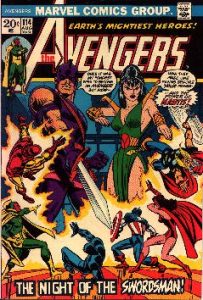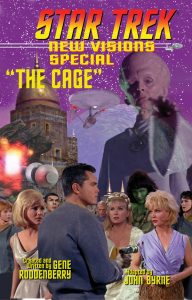 Back in the days before most of us could afford a video recorder, and before there was such a thing as a DVD, a BluRay, or an MP4 file, there was no easy way to view a favorite TV show or movie between the times it was running on television. A few collectors could afford 16 MM film prints, but that was a very few. Star Trek fans had such a voracious hunger to experience and re-experience their favorite TV show that, in 1977, a company called Mandala Productions decided to cash in. They produced “Fotonovels”— composed of screen captures from Star Trek episodes, with dialogue and narration added comic-book style using boxes and word balloons. Bantam books published these monthly for one year, and I was all over them. Not only did they let me relive a TV show I couldn’t get enough of, they were also great photo reference. I was a budding artist in my teens, and later an illustrator for fanzines. Fotonovels were indispensible aids.
Back in the days before most of us could afford a video recorder, and before there was such a thing as a DVD, a BluRay, or an MP4 file, there was no easy way to view a favorite TV show or movie between the times it was running on television. A few collectors could afford 16 MM film prints, but that was a very few. Star Trek fans had such a voracious hunger to experience and re-experience their favorite TV show that, in 1977, a company called Mandala Productions decided to cash in. They produced “Fotonovels”— composed of screen captures from Star Trek episodes, with dialogue and narration added comic-book style using boxes and word balloons. Bantam books published these monthly for one year, and I was all over them. Not only did they let me relive a TV show I couldn’t get enough of, they were also great photo reference. I was a budding artist in my teens, and later an illustrator for fanzines. Fotonovels were indispensible aids.
 So when John Byrne of X-Men fame launched a series of new, larger format fotonovels a couple of years ago, I was immediately in for the long haul. Using photoshop technology and screen caps from the 79 original hours of Star Trek, Byrne has so far created 17 new Trek episodes in this nostalgic format.
So when John Byrne of X-Men fame launched a series of new, larger format fotonovels a couple of years ago, I was immediately in for the long haul. Using photoshop technology and screen caps from the 79 original hours of Star Trek, Byrne has so far created 17 new Trek episodes in this nostalgic format.

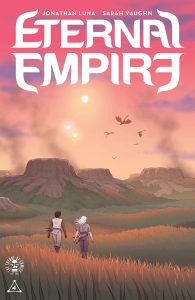
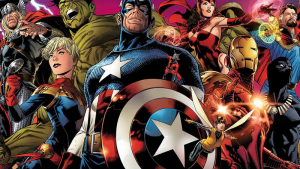
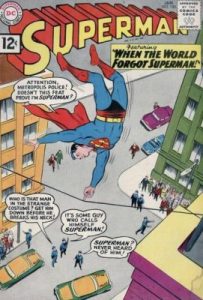
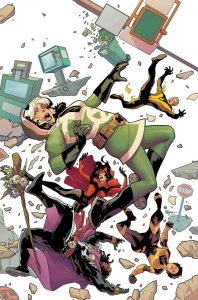 A satisfying conclusion to the Graviton story, although the resolution of Rogue’s brief brush with madness at the climax is a little abrupt. The story celebrates teamwork, which is what the Avengers are all about. And the words “Fantastic Four” are actually uttered! Johnny Storm is a welcome member of this team, but it would be nice to have him back where he belongs. The subplot where an attorney is trying to catch up with him, and surprises him at the end of a boxer-clad battle, is appropriately funny and mixes the mundane with the fantastic in the way the best Marvel tales always have. I’m reminded of the first appearance of Henry Peter Gyrich (although that was more sinister) or the earlier Avengers tale in which Janet Van Dyne (the original Wasp, and still a member of this team) inherited her father’s millions.
A satisfying conclusion to the Graviton story, although the resolution of Rogue’s brief brush with madness at the climax is a little abrupt. The story celebrates teamwork, which is what the Avengers are all about. And the words “Fantastic Four” are actually uttered! Johnny Storm is a welcome member of this team, but it would be nice to have him back where he belongs. The subplot where an attorney is trying to catch up with him, and surprises him at the end of a boxer-clad battle, is appropriately funny and mixes the mundane with the fantastic in the way the best Marvel tales always have. I’m reminded of the first appearance of Henry Peter Gyrich (although that was more sinister) or the earlier Avengers tale in which Janet Van Dyne (the original Wasp, and still a member of this team) inherited her father’s millions.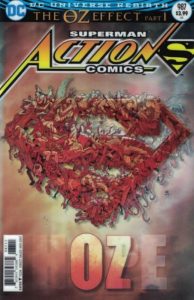
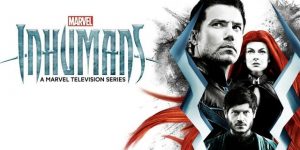
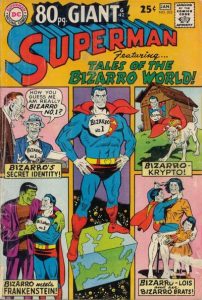
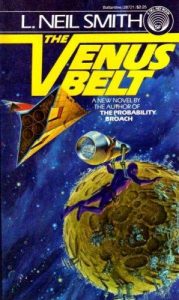
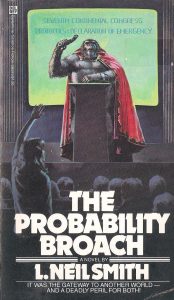
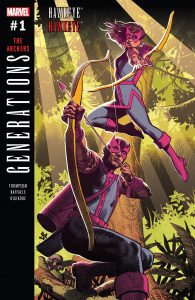
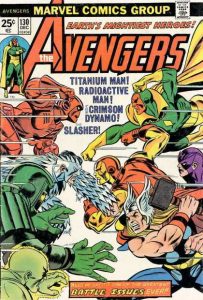 That last one is cheating a bit, since Carol is also a Bronze Agecharacter, and was, in fact, present in Mar-Vell’s book from the get-go. I can take or leave Hawkeye Clint and Hawkeye Kate. I like them both best when they’re on teams. Sort of the way I feel about Wolverine. But, flipping through this issue, I saw it heavily featured Clint’s mentor, the Swordsman. I’ve been fascinated with the Swordsman since I read the opening line of my first-ever issue of The Avengers. That was “The Swordsman is dead!” I was nine years old, and I didn’t really understand what was going on in that issue; but I could see that this was a story about a lot of heroes and villains who had a lot of history together, and I wanted to know more. That’s pretty much how Marvel hooked fans in my day—not with indigestible “Summer events,” but by presenting a complex universe as a sort of a puzzle to solve.
That last one is cheating a bit, since Carol is also a Bronze Agecharacter, and was, in fact, present in Mar-Vell’s book from the get-go. I can take or leave Hawkeye Clint and Hawkeye Kate. I like them both best when they’re on teams. Sort of the way I feel about Wolverine. But, flipping through this issue, I saw it heavily featured Clint’s mentor, the Swordsman. I’ve been fascinated with the Swordsman since I read the opening line of my first-ever issue of The Avengers. That was “The Swordsman is dead!” I was nine years old, and I didn’t really understand what was going on in that issue; but I could see that this was a story about a lot of heroes and villains who had a lot of history together, and I wanted to know more. That’s pretty much how Marvel hooked fans in my day—not with indigestible “Summer events,” but by presenting a complex universe as a sort of a puzzle to solve.